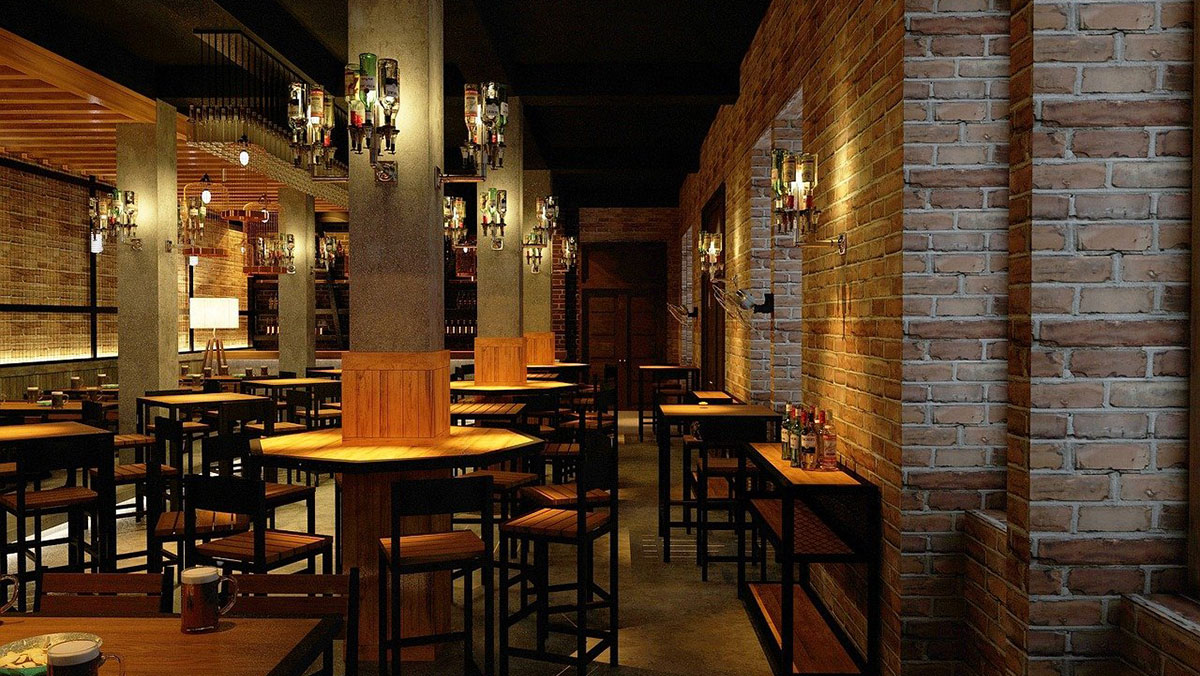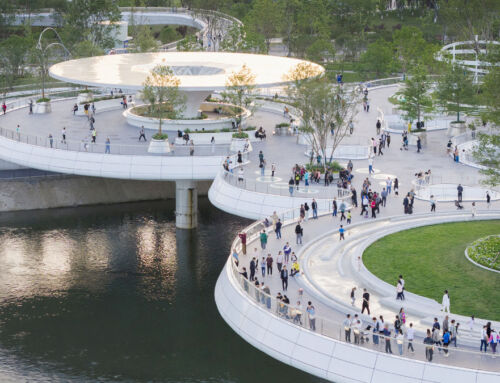When we visit a restaurant, the aim is to eat, although our experience will be very different depending on the ambience: is it a quick lunch or an intimate dinner? Will we be alone or in company? Well, one of the factors that determine the ambience and, therefore, our perception, is the lighting. Of course, if we want to subtly define that ambience, lighting design cannot be limited to considering colour temperature or light output.
So, let’s look at how different types of establishments are associated with different lighting to create the experience that characterises them.
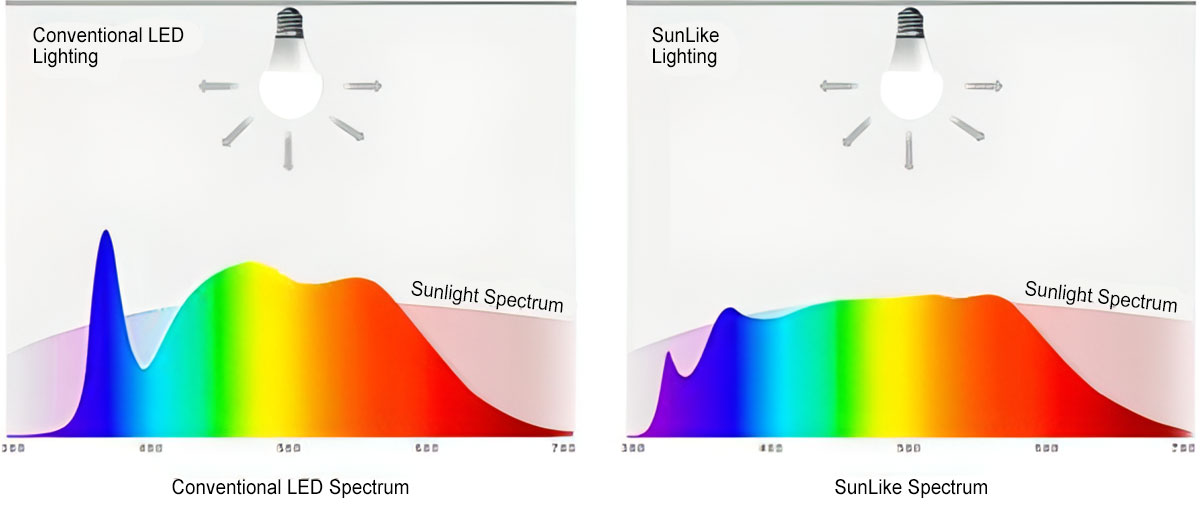
Fast-food restaurants: dynamism and functionality
This type of establishment is characterised by fast consumption, quick transit and constant cleanliness. Consequently, the ideal lighting to stimulate this dynamism will be of high intensity (>200 lux) and with cool colour temperatures (>4,000K). However, it is advisable to place accent lighting on corporate elements, signs, menu screens, etc. With regard to the exterior, it is advisable to have large windows that guarantee visibility from the street.
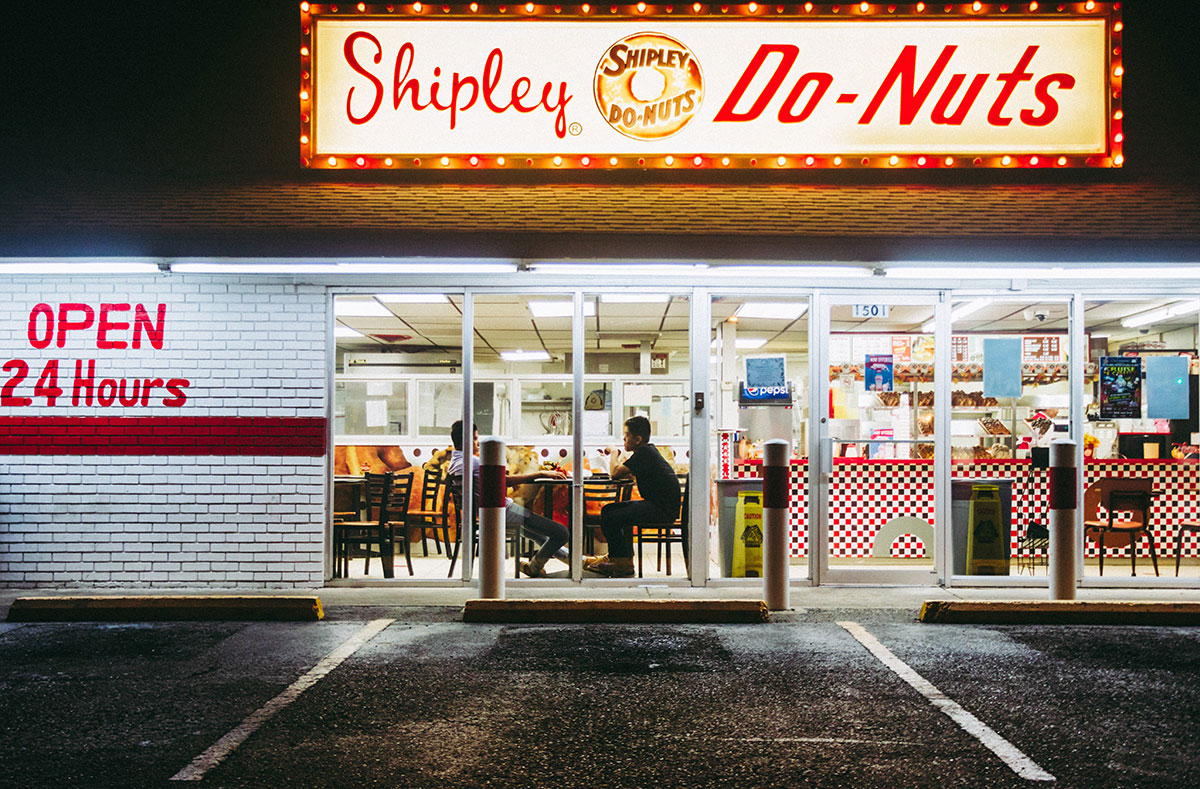
Buffet restaurants: spaciousness and efficiency
Here we will find general lighting covering large spaces, focused on the circulation areas and over the self-service gondolas (minimum 300 lux). There will probably be large ceiling lights to break the monotony and provide a sense of collective luxury. Outside, a large, eye-catching sign will be desirable for instant identification.
The café: a cosy refuge
Without defined general lighting, these establishments are dominated by warm ceiling lights (3,000K) that emphasise textures, paintings and other decorative elements. Natural light should be given prominence, combined with spot lighting at each table to encourage conversation and intimacy. The bar, on the other hand, one of the focal points, will require integrated lighting to highlight the products and attract attention. The exterior will not require large displays, but, dimly lit, will prioritise the interior environment as a refuge.
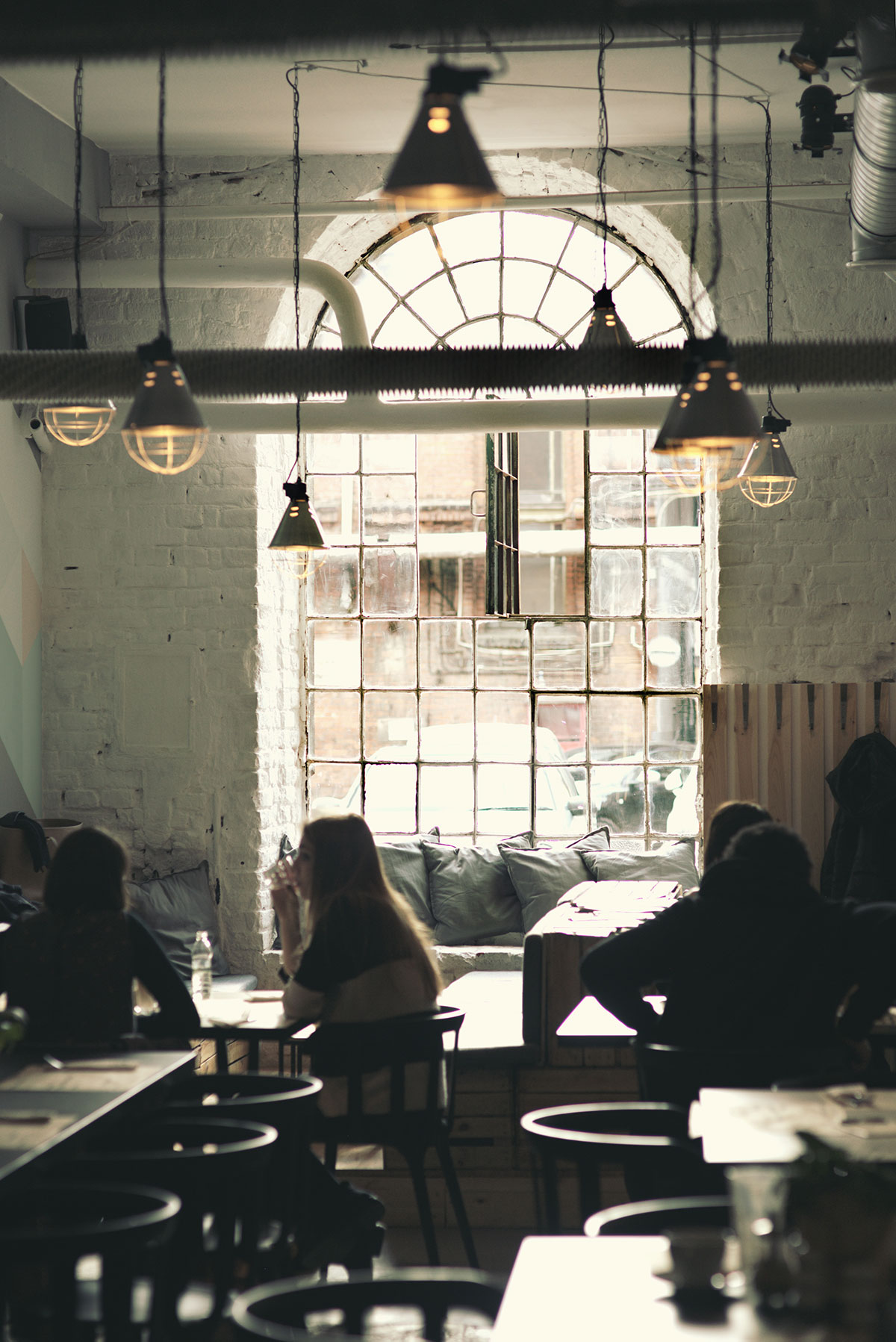
Traditional or family restaurants: comfort and versatility
This type of restaurant will benefit from dimmable lighting that adapts to the different times of the day. During the day it will need to be turned up, while at night it will need to be softer and cosier. Using pendant lamps above each table, with neutral tones (4,000 to 4,500K) and a high colour rendering index – which measures the ability of a light source to show the colours of an object in a similar way to natural light – will ensure an accurate perception of food and menu items.
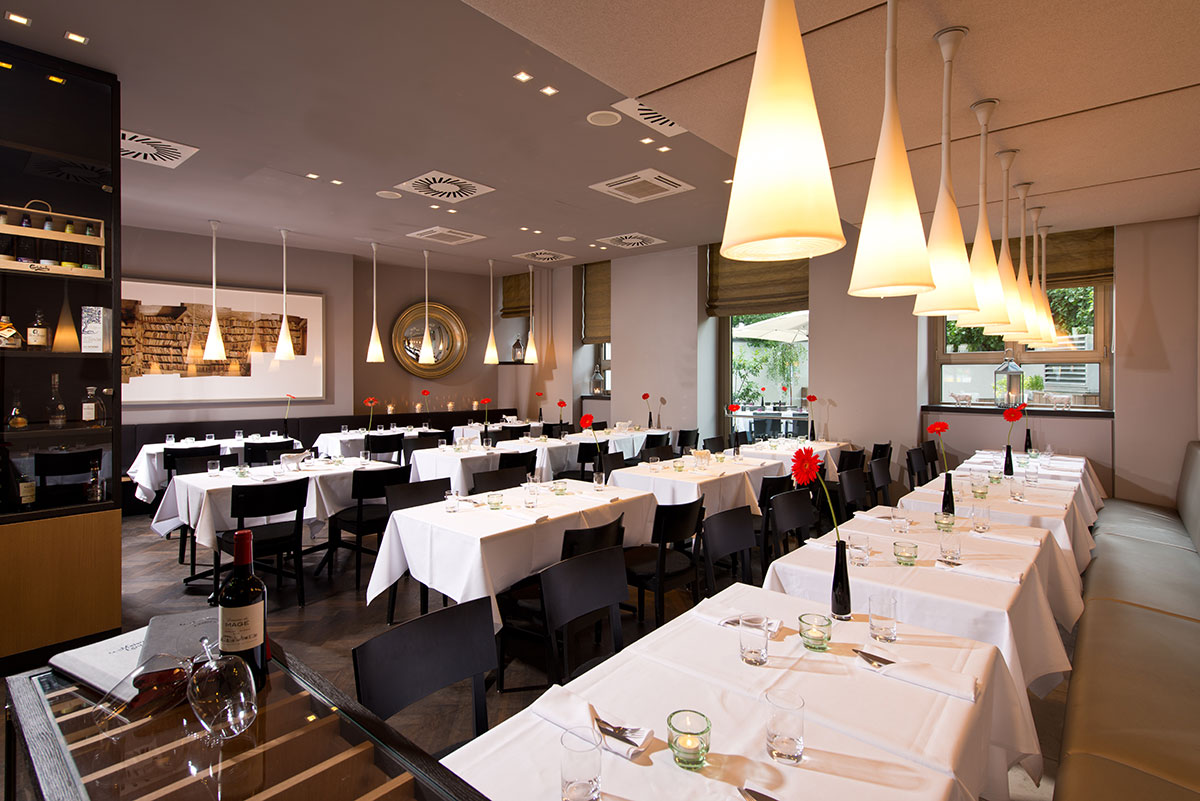
Themed restaurant: an immersive setting
In these restaurants, light will be an instrumental element in the service of theming. It will therefore be directed and concentrated on thematic elements and decorative objects. In addition, it is not a bad idea to create dynamic, changing lighting, with neon signs, backlit logos and coloured LED lights. Ornamental luminaires can be found on tables in keeping with the theme. At the same time, the presence of unique elements that reinforce the narrative of the space should be emphasised.
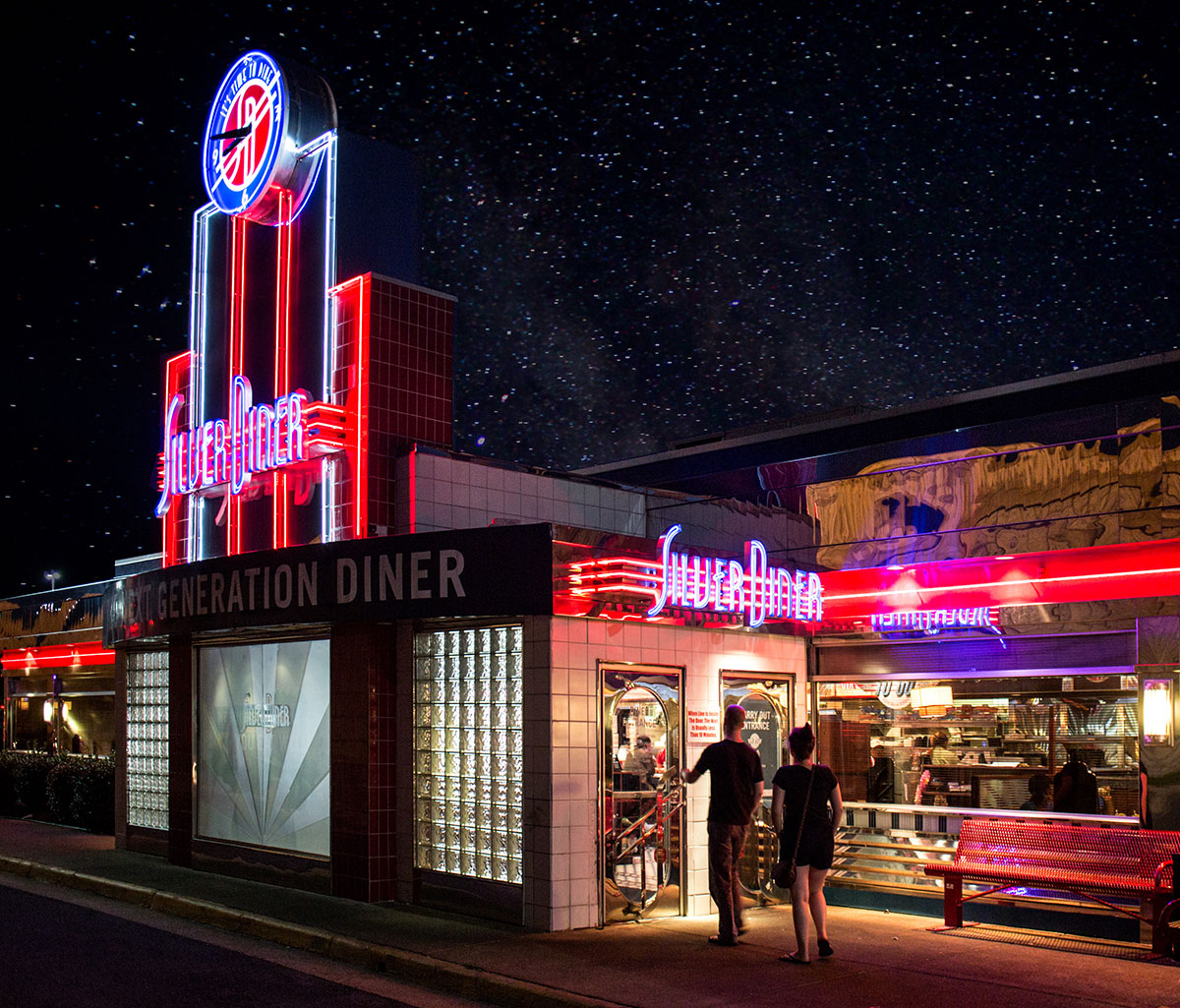
Robert Couse-Baker | pxhere.com
By Miquel Solís, Senior Architect in the Architecture Department of Amusement Logic


